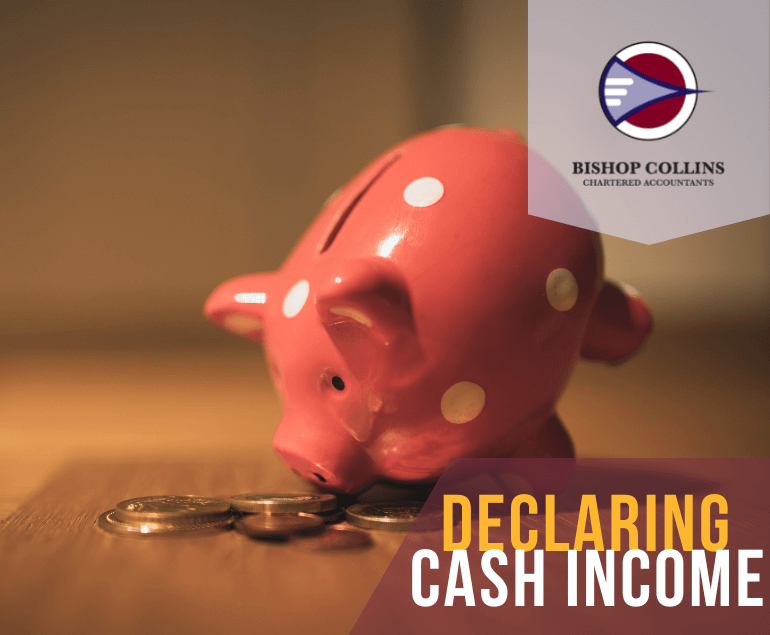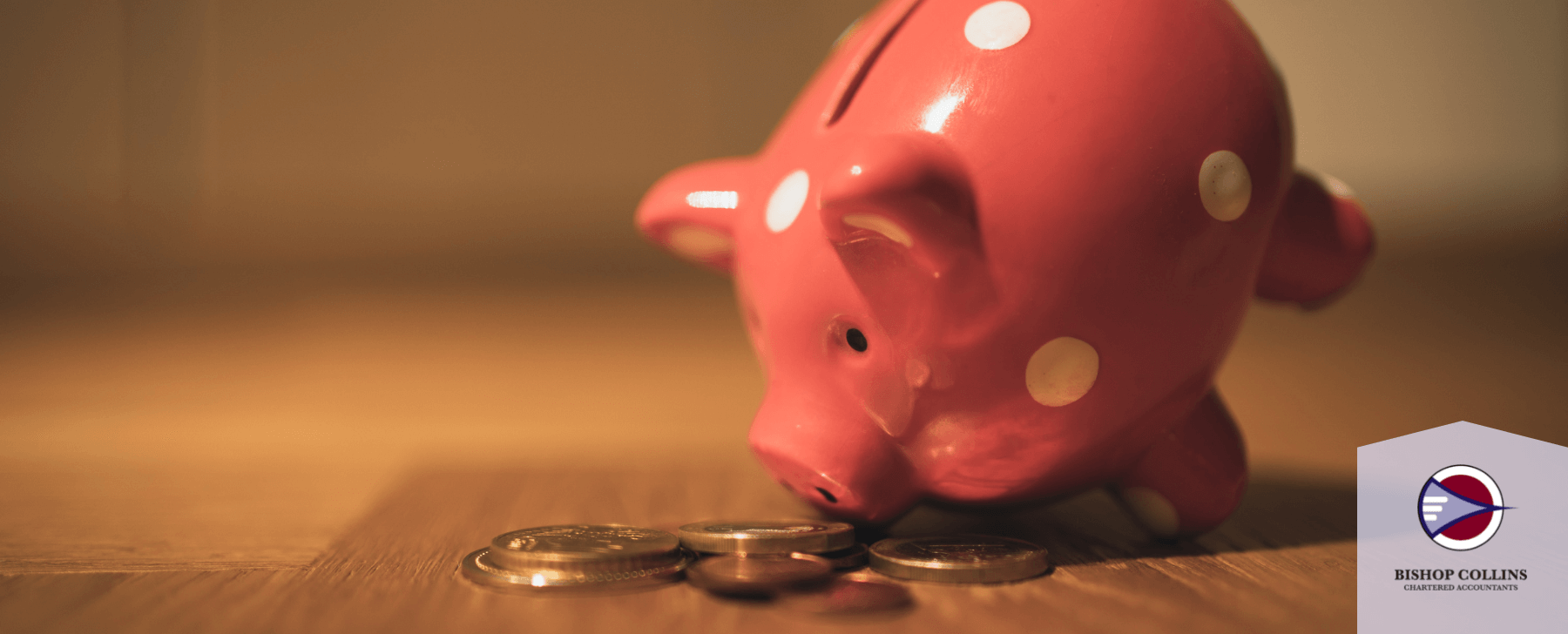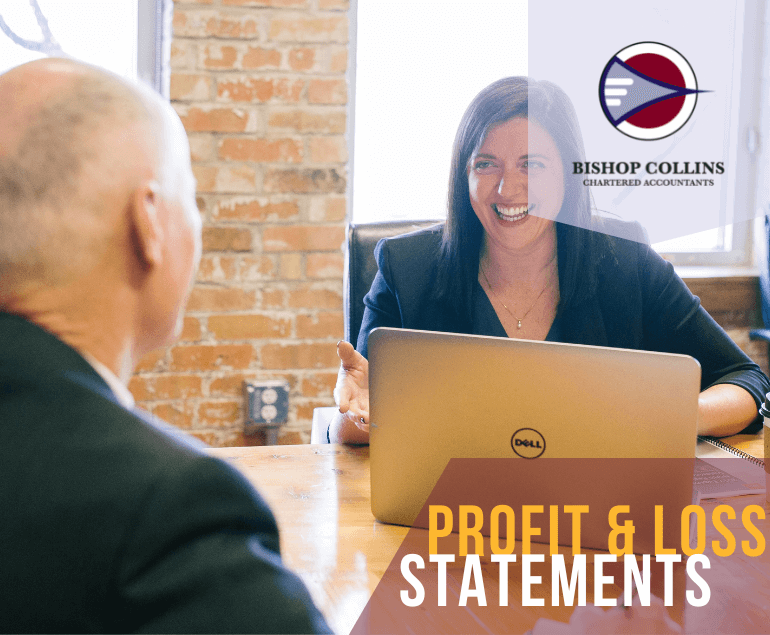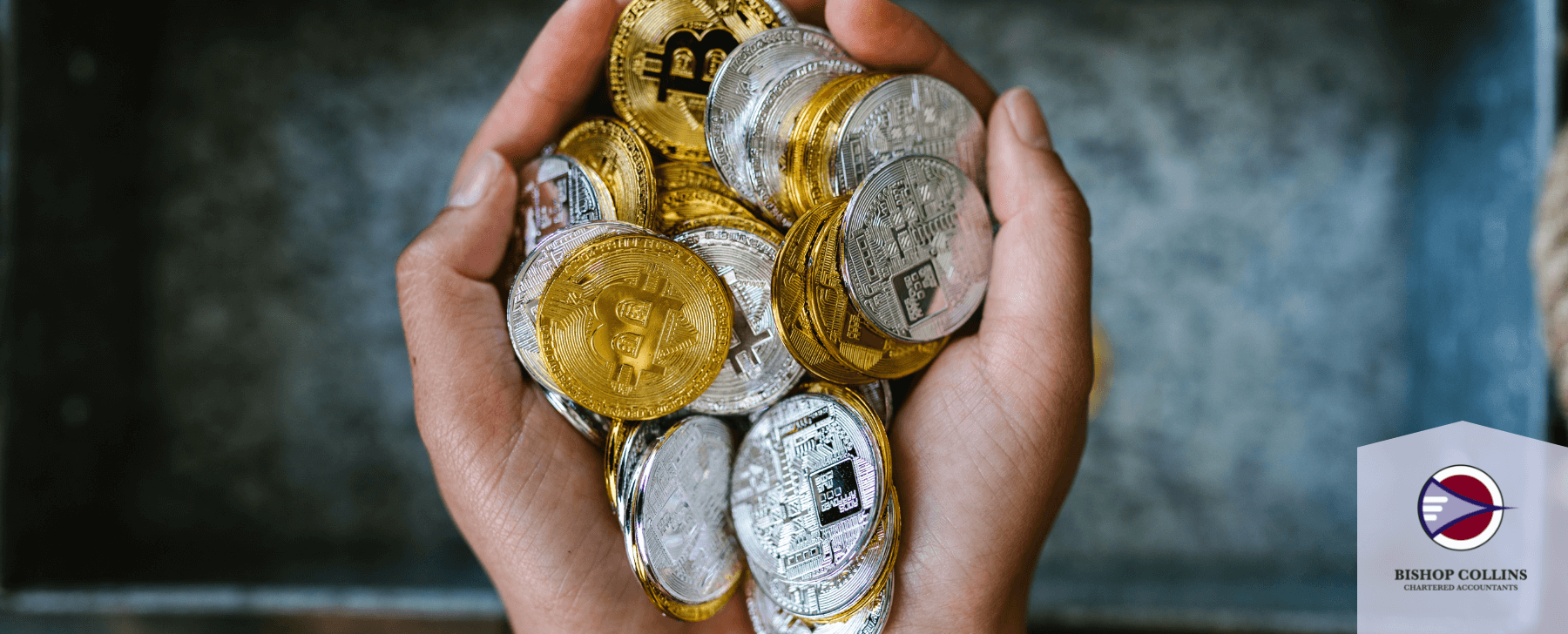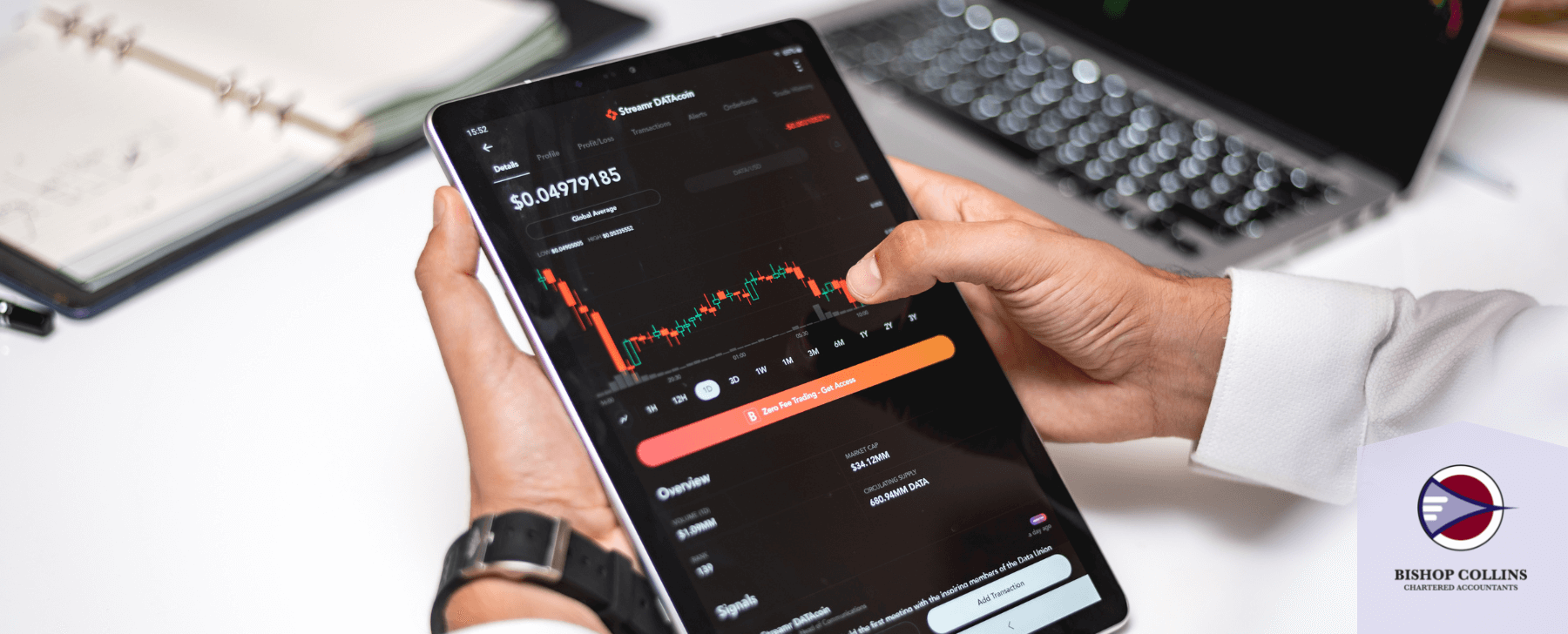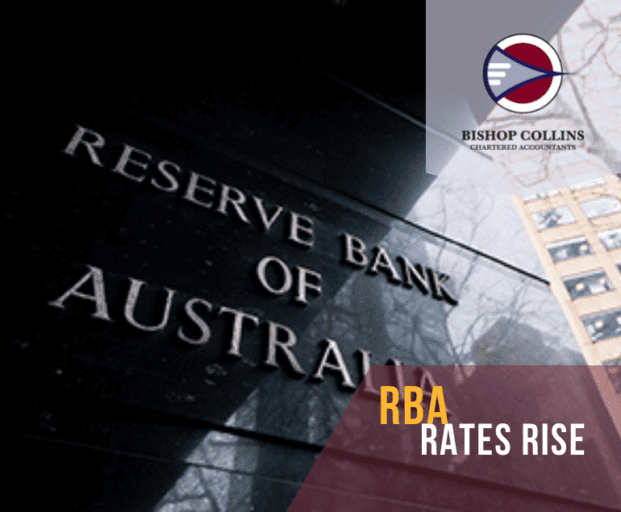One of the best perks you can have as either an employee or a small business owner is to have a company car! As a small business owner, it’s important to keep track of your expenses for tax purposes, and when it comes to your motor vehicle the only correct way to do this is by keeping a logbook.
We’re going to take a look at the different types of logbooks available, how long you need to keep your logbook and what you need to do to maintain a valid logbook according to the Income Tax Assessment Act 1997 (ITAA) so you can avoid running afoul of the ATO!
 What is a Logbook?
What is a Logbook?
Nobody feels particularly excited when you think of a vehicle logbook…. But, nevertheless, it’s an important part of running a small business. So what exactly is a logbook? In a nutshell, A logbook is a record of the distance travelled by an individual who uses a vehicle for work purposes. In Australia, the Australian Taxation Office (ATO) requires anyone who claims a tax deduction for work-related car expenses to keep a logbook for a continuous period of at least 12 weeks. The logbook is used to calculate the business use percentage of the vehicle, which determines the amount of tax-deductible expenses.
There are two types of logbooks recognized by the ATO: paper logbooks and electronic logbooks. Both have their pro’s and con’s specifically in regards to storage and being able to keep the logbook for the period the ATO requires which we will cover later
Paper Logbook
A paper logbook is a physical record of the individual’s car usage, recording the dates, distances and purpose of each trip. The logbook must be maintained for a continuous period of 12 weeks and must contain the following information:
- The car’s make, model, registration number and engine number
- The dates the logbook covers and the date it was completed
- The individual’s name, occupation and business details
- The total distance travelled for the 12-week period
- The odometer readings at the start and end of the 12-week period
- The business uses a percentage of the total distance travelled.
- Finally you also need to record the odometer of the car on the 30th June annually for the 5 years after the logbook is completed.
Electronic or App-based Logbooks
An electronic logbook is a digital record of the individual’s car usage, recorded using a smartphone app or other electronic device. The electronic logbook must meet the same requirements as a paper logbook, but has the added convenience of being able to track and store the information in real-time – no needing to manually write out every trip! The ATO will accept electronic logbooks that are maintained with the same information as a paper logbook.
 How Long Do You Need to Keep Your Logbook?
How Long Do You Need to Keep Your Logbook?
You may continue to use your logbook for five years from the date it was written. Because of this you should also keep it on hand for up to 5 years after the lodgement of the last return you claimed expenses.
For example, if you claimed your business use of your vehicle in the 2022-2023 financial year and lodged it on 31st May 2024, you may need to keep your logbook until 31st May 2029!
If you completed your logbook in the 2022-2023 financial year you can actually continue to claim your car on the same logbook for the next five years which means you could be using that logbook in your 2027-2028 tax return. Therefore your 2023 logbook may have to be kept another 5 years from lodgement which could be into 2034!
It sounds crazy but the ATO may need to review the logbook as evidence of an individual’s claim for a tax deduction in the event of an audit. If this happens the ATO will request to see the logbook and any other supporting documents.
What Do You Need to Do to Maintain a Valid Logbook?
In addition to the requirements we mentioned above to create a valid logbook, the logbook must also be an accurate and truthful record of the individual’s car usage for work purposes. Embellishing your vehicle’s work usage may seem like a good idea at first, but trust us – it can cost you big time in the long run! This also means that if a situation changes after creating the logbook (such as a pandemic when driving patterns change or changing jobs) then you need to start a new logbook to continue to claim on that car.
According to the ATO, individuals who claim a tax deduction for work-related car expenses must ensure that they have a reasonable basis for the claim. This means that the individual must have a valid reason for using the car for work purposes and must be able to prove that the expenses were incurred as a result of the work use.
 Do I Need a Logbook for My Ute?
Do I Need a Logbook for My Ute?
A Ute is generally not a car according to the ATO, for individuals you even use a different label on your tax return to fill in your deductions for vehicles other than cars. It is important to note that Logbook requirements for FBT-Exempt Vehicles such as utes can be different from regular cars. They are also different for businesses or employees and I have not covered the various complexities in this article however as a rule-of-thumb, if you are using a ute for both private and work purposes the most prudent course of action is to keep a full log-book as explained above. This will keep you out of any trouble when substantiating your claim and allow a fair claim to be calculated. Basically, it’s not enough to say you just use your ute 100%, you need to prove it!
Are Logbooks Required for Electric Cars?
An interesting new development is the FBT exemption on electric cars which means for companies there is no logbook required or fringe benefits tax on electric cars.
For employees you will still need to keep a logbook to claim in your individual return. So unless you can convince your employer to salary package an electric car you still need to use a logbook!
Logbooks Got You Down? We Can Help!
We get it – logbooks can be a real burden! But, overall while logbooks are tedious for 12 weeks, the rules are quite reasonable in allowing that same logbook for up to five years before having to suffer through the process again! Throw in the fact that technology is making keeping a logbook simple and straightforward, and it really isn’t all that much of a stress! But, if logbooks still have you scratching your head, Bishop Collins can help. Our friendly experts stand ready to share their expertise with you to ensure that you tick all the boxes when it comes to ATO logbook requirements. Get in touch with us today to see how we can help!





 What is a Logbook?
What is a Logbook? How Long Do You Need to Keep Your Logbook?
How Long Do You Need to Keep Your Logbook? Do I Need a Logbook for My Ute?
Do I Need a Logbook for My Ute?


 How Do You Fund a Business and What Are Small Business Loans?
How Do You Fund a Business and What Are Small Business Loans? Our Top 10 Tips to Maximise Your Small Business Loan
Our Top 10 Tips to Maximise Your Small Business Loan Use a small business loan to improve your buying power
Use a small business loan to improve your buying power Use your small business loan to enhance your staff’s ability to offer better service
Use your small business loan to enhance your staff’s ability to offer better service Maintain good communication with your lender
Maintain good communication with your lender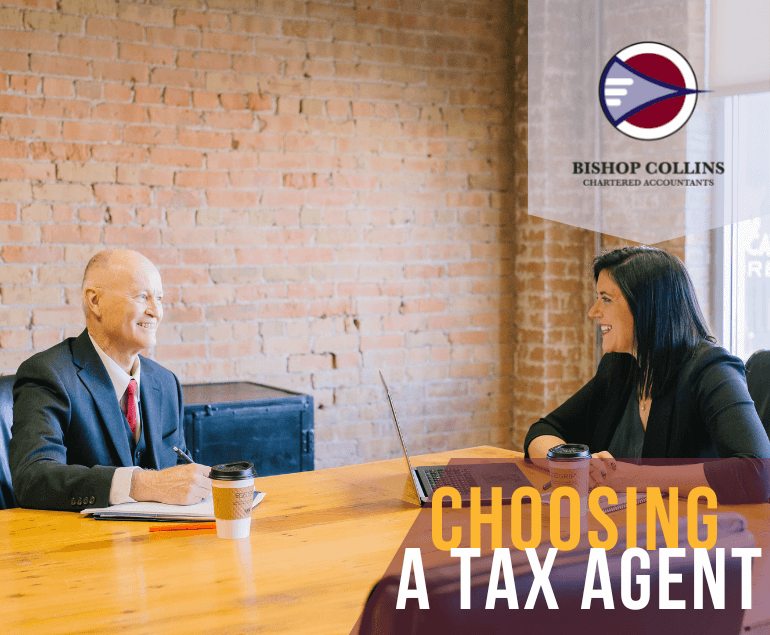

 Why Use a Tax Agent?
Why Use a Tax Agent? How to Choose a Tax Agent
How to Choose a Tax Agent Let the Professionals Help You with Your Tax Returns
Let the Professionals Help You with Your Tax Returns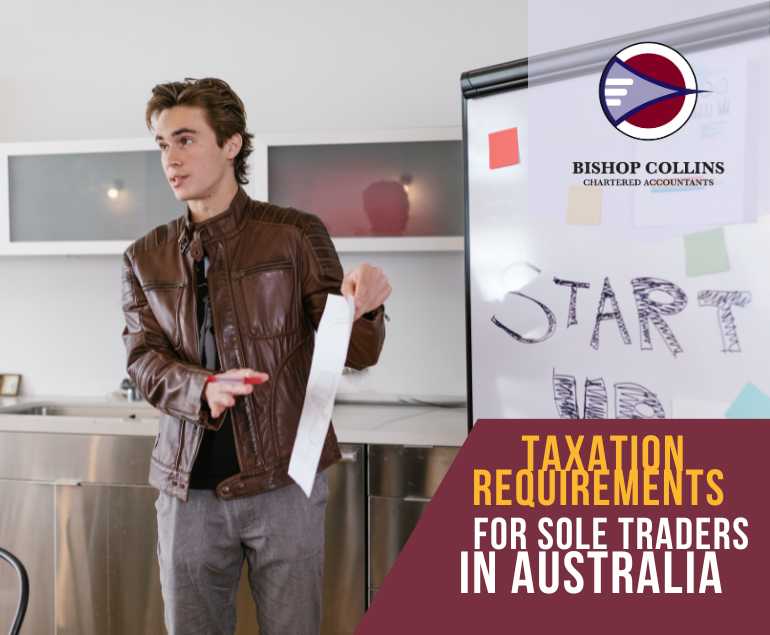

 How to Register for an Australian Business Number (ABN) as a Sole Trader
How to Register for an Australian Business Number (ABN) as a Sole Trader Tax for Sole Traders in Australia
Tax for Sole Traders in Australia